If the clouds part enough, look for Venus and Jupiter in the evening sky right after sunset. They will be separated only by a little over half a degree (0.53 degrees) which is roughly the apparent with of the moon. They will not be this close again until 2032. This Space.com website has additional details.
Category: News (Page 2 of 15)
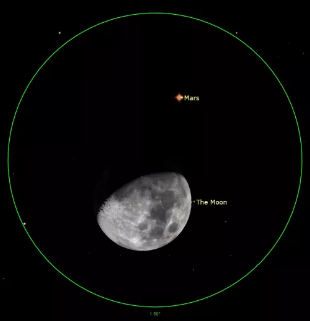
Mars and the Moon meet again, Jan. 30
The Moon with occult Mars for the second time since last they met nearly eight weeks ago. We will see Mars disappear behind the dark limb of the moon starting at approximately 8:35 pm and reappear around 9:29 pm. Read this Space.com article for more information.
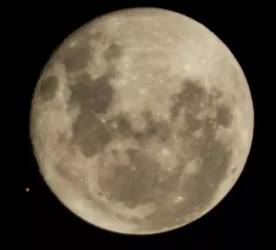
The Moon Occults Mars Dec 7
Around 6:30 pm PST is the start of the lunar occultation of Mars on December 7 from our vantage point. The entire event lasts about an hour. More information can be found on this Space.com website.

Observe the Moon Night
October 1st is International Observe the Moon Night. It is a time to sit back and appreciate all the wonderful features our nearest companion offers, which are often overlooked. The club will be at the Oak Glen Wildlands Conservancy for a public outreach that night.
More information about the event can be found on the NASA website https://moon.nasa.gov/observe-the-moon-night/about/overview/
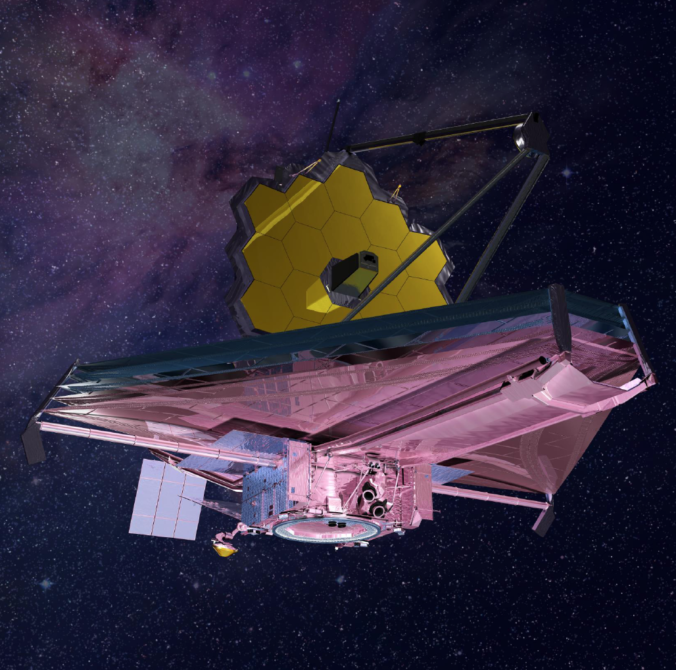
JWST First 5 Images
On July 12, 2022, the James Webb Telescope team released all 5 of the first science-quality images taken by the telescope.
- SMACS 0723: Massive foreground galaxy clusters magnify and distort the light of objects behind them, permitting a deep field view into both the extremely distant and intrinsically faint galaxy populations. JWT Image | Comparison images.
- WASP-96 b (spectrum). WASP-96 b is a giant planet outside our solar system, composed mainly of gas. The planet, located nearly 1,150 light-years from Earth, orbits its star every 3.4 days. It has about half the mass of Jupiter, and its discovery was announced in 2014. JWT Spectrum Data showing water vapor present.
- Southern Ring Nebula. The Southern Ring, or “Eight-Burst” nebula, is a planetary nebula – an expanding cloud of gas, surrounding a dying star. It is nearly half a light-year in diameter and is located approximately 2,000 light-years away from Earth. JWT Image in near- and mid-infrared | Hubble Image.
- Stephan’s Quintet: About 290 million light-years away, Stephan’s Quintet is located in the constellation Pegasus. It is notable for being the first compact galaxy group ever discovered in 1787. Four of the five galaxies within the quintet are locked in a cosmic dance of repeated close encounters. JWT Image | Hubble Image.
- Carina Nebula. The Carina Nebula is one of the largest and brightest nebulae in the sky, located approximately 7,600 light-years away in the southern constellation Carina. Nebulae are stellar nurseries where stars form. The Carina Nebula is home to many massive stars, several times larger than the Sun. JWT Image | Hubble Image.
Source: WebbTelescope.org
Side-by-side comparison from MSN

JWST Surprise Early Release – Today
At 2:30 p.m. PDT Monday, July 11, President Biden will unveil the first science-quality image from the James Webb Space Telescope at the White House. Live coverage will air on NASA TV and the agency’s website.
Tomorrow at 7:30 a.m. PDT, the remaining images will be released to the public on NASA TV, the NASA app, the agency’s website, Facebook, Twitter, YouTube, Twitch, and Daily Motion.

JWST Targets Announced
NASA has announced exactly what the Early Release Objects will be that you’ll see on Tuesday, July 12! Here’s your chance to get ahead of the curve – check out what has already been observed by other telescopes to compare with what you see on Tuesday!
- Carina Nebula. The Carina Nebula is one of the largest and brightest nebulae in the sky, located approximately 7,600 light-years away in the southern constellation Carina. Nebulae are stellar nurseries where stars form. The Carina Nebula is home to many massive stars, several times larger than the Sun.
- WASP-96 b (spectrum). WASP-96 b is a giant planet outside our solar system, composed mainly of gas. The planet, located nearly 1,150 light-years from Earth, orbits its star every 3.4 days. It has about half the mass of Jupiter, and its discovery was announced in 2014.
- Southern Ring Nebula. The Southern Ring, or “Eight-Burst” nebula, is a planetary nebula – an expanding cloud of gas, surrounding a dying star. It is nearly half a light-year in diameter and is located approximately 2,000 light-years away from Earth.
- Stephan’s Quintet: About 290 million light-years away, Stephan’s Quintet is located in the constellation Pegasus. It is notable for being the first compact galaxy group ever discovered in 1787. Four of the five galaxies within the quintet are locked in a cosmic dance of repeated close encounters.
- SMACS 0723: Massive foreground galaxy clusters magnify and distort the light of objects behind them, permitting a deep field view into both the extremely distant and intrinsically faint galaxy populations.

JWST First Image – July 12
The James Webb Space Telescope will release its first image to the public on Tuesday, July 12, 2022 at 7:30 am PDT. Here are some resources to be ready for that first photo:
On July 12th:
- 10:30-11:30 a.m. EDT – Images reveal livestream on NASA TV, the NASA app, the agency’s website, Facebook, Twitter, YouTube, Twitch, and Daily Motion
- 12:00-1:00 p.m. EDT – Media briefing; will livestream on NASA TV, the NASA app, and the agency’s website
- 6:00-7:00 p.m. EDT – Expert panel: https://video.ibm.com/channel/nasa-gsfc. Please RSVP at https://forms.gle/rdbUMkQd9nQPAtx56. The RSVP is optional, but it helps us know who to expect.
July 16th:
- 2:00-3:00 p.m. EDT – Expert panel (in Spanish): https://youtu.be/pyjhEKuoetI. Please RSVP at https://forms.gle/rdbUMkQd9nQPAtx56. The RSVP is optional, but it helps us know who to expect.
- 3:30-4:30 p.m. EDT – Expert panel (in English): https://youtu.be/qr4N-Nzl6AA. Please RSVP at https://forms.gle/rdbUMkQd9nQPAtx56. The RSVP is optional, but it helps us know who to expect.
New Grandview photos are in the Gallery
Our first trip to the Cedar Flats campground / Grandview area is happening this weekend: https://sbvaa.org/events/2022-grandview-1/
Mark your calendars, we have a very time favorable lunar eclipse coming up on Sunday, May 15. May’s eclipse starts during moonrise and reaches peak totality at 9:11 pm. More eclipse information can be found on the Time and Date website.
You can view the “blood moon” from anywhere and without a telescope but, our club will be at the San Bernardino County Museum for the show.
The next total lunar eclipse will be on November 8 but at 3:00 am!

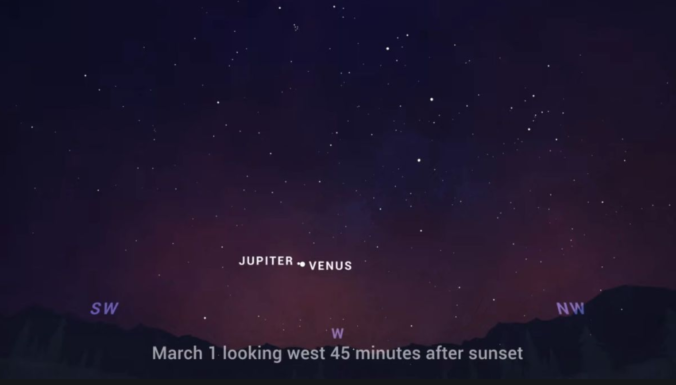
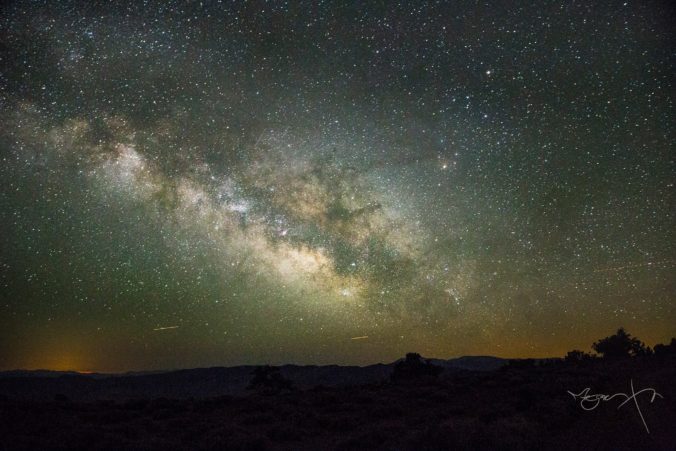

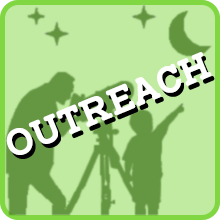



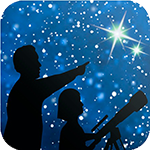

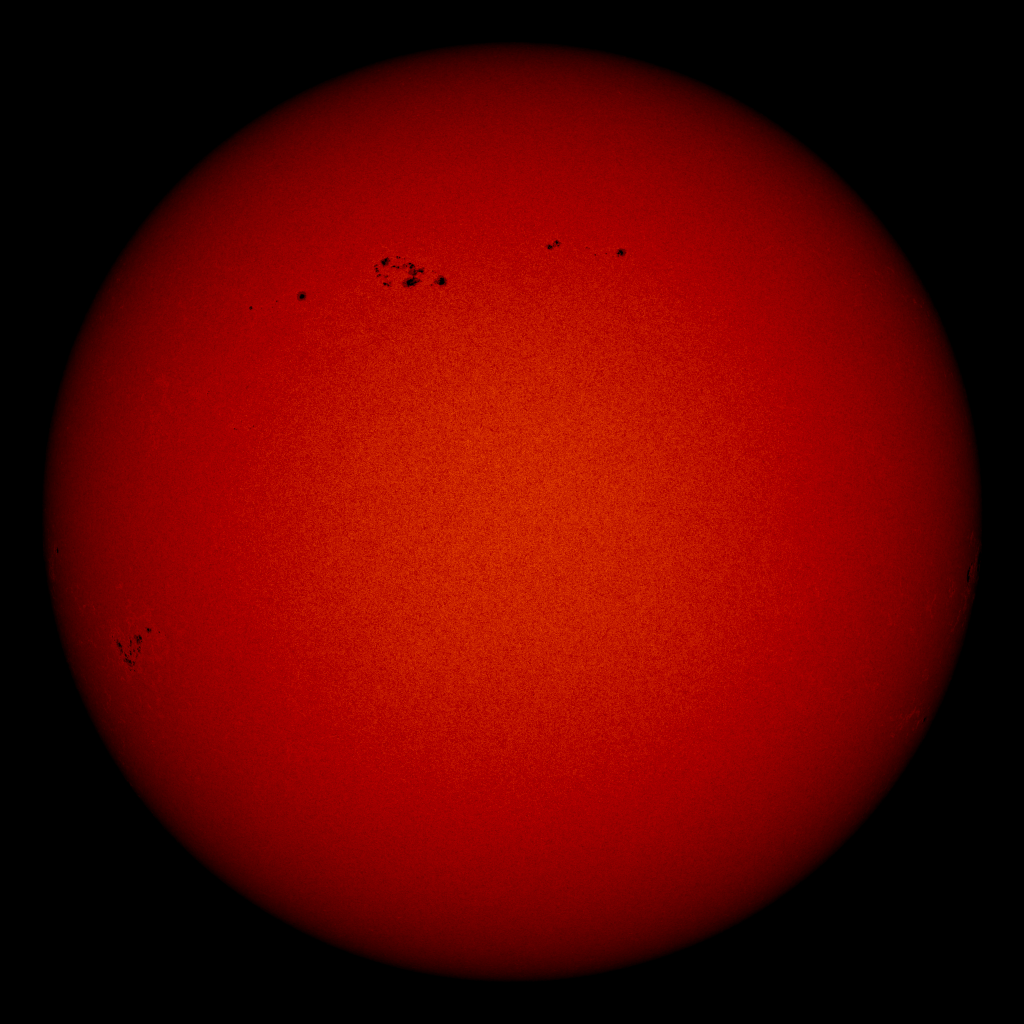

Recent Comments